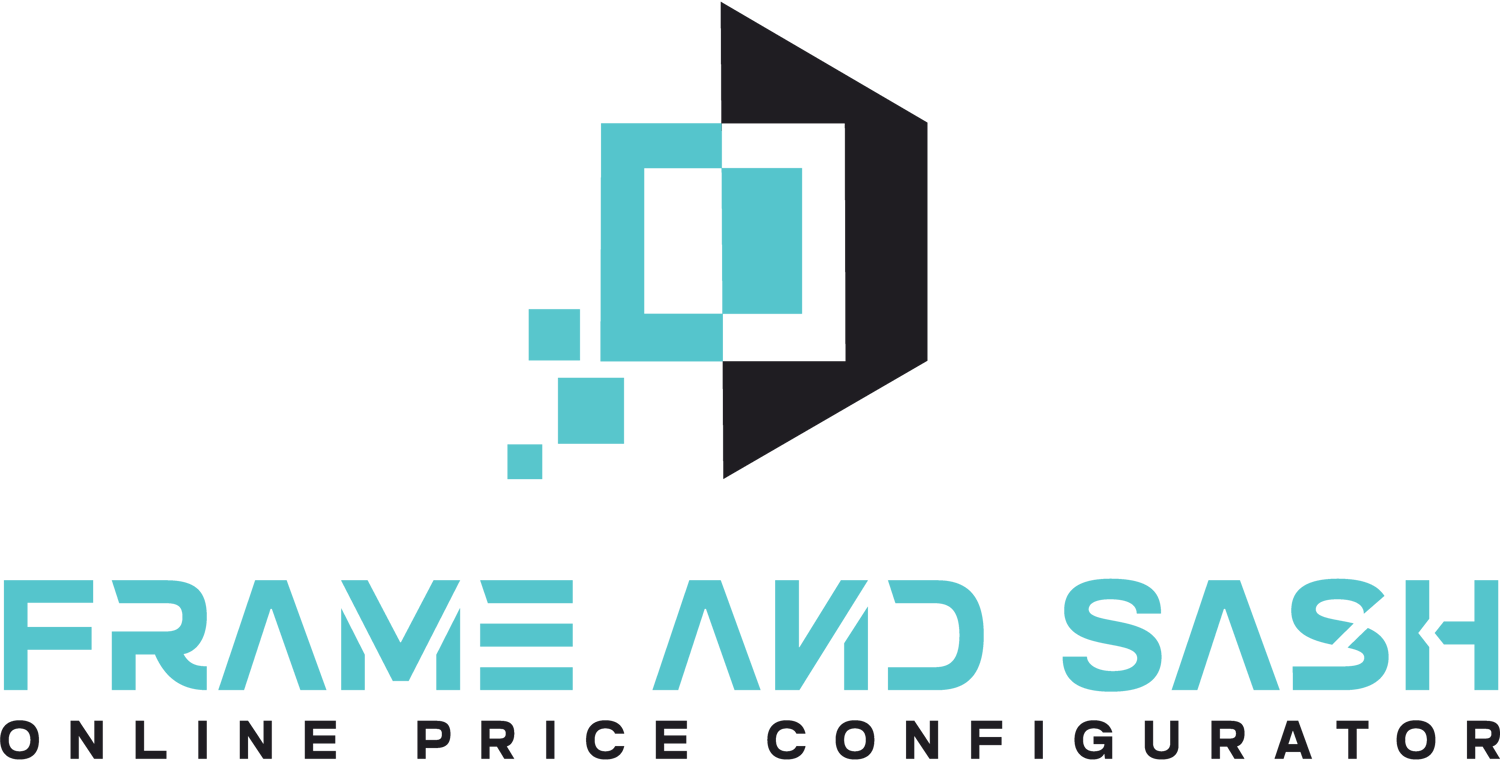Published on April 7, 2025, by Winactive
The latest 2024 Business Pilot Barometers report reveals a significant slowdown in the home improvement sector, with declines in leads, sales, and installation registrations year-on-year. This follows a broader trend of reduced consumer interest in new window and door installations, particularly in the aftermath of the Covid-19 pandemic. However, a closer look at the five-year market analysis paints a more complex picture, highlighting an evolution in consumer behavior and the demand for higher-value projects, which could hold the key to unlocking future growth in the glazing market.
⸻
A Slower Market, but a Shift in Consumer Behavior
From 2019 to 2024, the glazing market has seen a 16% drop in average sales and a 22% reduction in leads. Google searches for glazing-related terms also dropped by 5% during this period. While these statistics may seem concerning, Elton Boocock, MD of Business Pilot, suggests that these changes reflect the post-Covid normalization of the market rather than a market failure. As Boocock explains, “The market has contracted, but that’s only part of the story. What we’re seeing is a more considered purchasing process. Homeowners are taking longer to make decisions, gathering more information, and shopping around before committing.”
This shift aligns with broader trends in the UK housing market, where high mortgage rates and affordability challenges have kept annual transaction volumes lower than pre-pandemic levels, thus reducing the demand for renovation projects typically undertaken by new homeowners.
⸻
Rising Demand for Premium Products Despite a Cooling Market
Despite the overall decline in project volume, one positive trend has emerged: higher-value projects are becoming more common. According to Business Pilot’s data, the average order value has increased by an impressive 84.5%, indicating that while fewer people are remodeling, those who do are prioritizing premium products that offer long-term value and energy efficiency.
As Boocock explains, “Consumers today want value, not just the lowest price. Homeowners aren’t necessarily buying more, but when they do invest, they’re choosing higher-quality products that offer better energy efficiency and durability. This is a key insight for installers; focusing on premium offerings and demonstrating long-term benefits can help drive higher-value sales, even in a quieter market.”
⸻
The Shift Towards Energy Efficiency and Sustainable Products
Among product-specific trends, PVC-U windows remain the most popular choice, but these are also the most vulnerable to economic shifts. Meanwhile, timber and aluminium products, which have longer lead times and lower conversion rates, continue to attract a niche but dedicated customer base.
As the focus on energy efficiency grows, installers must adapt their offerings to meet this demand. Homeowners are no longer just looking for a functional window or door—they are seeking products that contribute to long-term sustainability and cost savings. This shift presents a valuable opportunity for businesses that can position themselves as leaders in offering energy-efficient and durable glazing solutions.
⸻
Overcoming Economic Pressures with Operational Efficiency
The increased costs of materials, inflation, and National Insurance Contributions (NICs) are significant challenges for the glazing industry. These rising costs are squeezing installer margins, with businesses potentially facing an additional burden of £2,000 per employee per year due to NIC increases.
To combat these pressures, operational efficiency has become crucial. Platforms like Business Pilot help companies streamline their operations by automating tasks such as FENSA registrations, integrating payment processing, and offering real-time performance tracking. As Boocock puts it, “Margins are under pressure, and businesses need to adapt. That’s where tools like Business Pilot come in. We help companies work smarter by automating routine tasks, improving cash flow with faster payments, and giving real-time insights into business performance.”
⸻
Looking Ahead: A Potential Home Improvement Resurgence in 2025
Looking forward, 2025 is expected to bring a potential resurgence in home improvement projects. According to research by Häfele, 46% of homeowners are planning renovation projects, with 13% focusing on upgrading their windows and 15% considering new doors. These numbers suggest that while the market may be slower than before, there is still significant demand for home improvement products.
Business Pilot’s data shows signs of renewed interest, with 116% more leads in January 2025 compared to December 2024. However, February saw a 15.7% dip in leads, indicating a natural stabilizing period after the New Year surge. Despite ongoing economic uncertainty, those who can align their sales strategies with consumer priorities—such as premium products, energy efficiency, and customer education—will be well-positioned to succeed.
As Boocock concludes, “The key takeaway from 2024 is that the market isn’t dead – it’s evolving. There’s still demand, but businesses need to be smarter about how they approach it. Those who focus on efficiency, high-value sales, and customer-driven strategies will come out ahead, regardless of broader economic challenges.”
⸻
Conclusion: Navigating an Evolving Market
The glazing market in 2025 will be shaped by a combination of economic pressures, consumer demand for quality, and technological innovations. As the market shifts toward higher-value projects, businesses must adapt by focusing on premium products that emphasize energy efficiency and durability. Additionally, operational efficiency tools like Business Pilot will be essential in helping companies stay competitive in a changing market landscape.
For those in the window and door industry, the future may hold significant opportunities. The key will be to stay ahead of trends, focus on delivering value to customers, and continue adapting to the evolving market demands.


